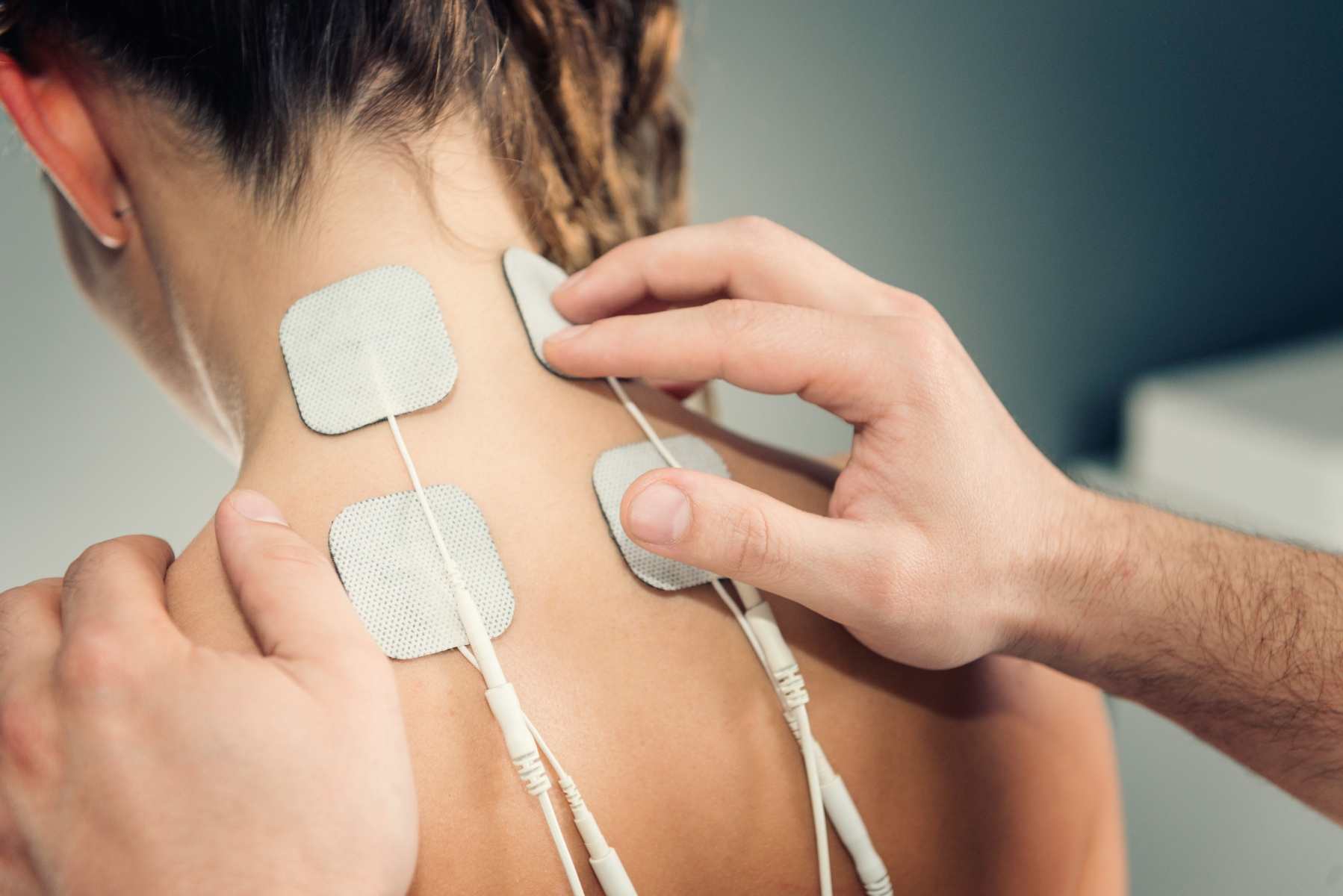In the fast-paced, technology-driven world we live in, maintaining good posture often takes a backseat in our daily priorities. However, the impact of posture on orthopedic health, particularly the spine, cannot be overstated. In this blog post, we’ll discuss the crucial connection between posture and orthopedic well-being, offering valuable tips to ensure a healthy spine.
Posture goes beyond appearances; it significantly influences the health of our musculoskeletal system, particularly the spine. Poor posture can contribute to a range of orthopedic issues, from chronic back pain to spinal misalignments. By maintaining good posture, we can alleviate strain on the spine and prevent long-term complications.
Incorporating ergonomics into daily activities is key to promoting a healthy spine. Whether working at a desk or performing routine tasks, ensure that your environment supports good posture. Adjust your chair and computer monitor to eye level, use ergonomic tools, and take breaks to stretch and readjust throughout the day.
Proper sitting posture is crucial for spine health. Sit with your back straight, shoulders relaxed, and feet flat on the floor. Keep your knees at a right angle and use a chair with good lumbar support to maintain the natural curve of your spine.
When standing, distribute your weight evenly on both feet, with your knees slightly bent. Avoid locking your knees and tuck in your pelvis to maintain a neutral spine. Engage your core muscles to provide additional support and reduce strain on the lower back.
A strong core is the foundation of good posture. Incorporate exercises that target the abdominal muscles, lower back, and pelvic floor. Planks, bridges, and leg raises are effective for building core strength and stability. A strong core not only supports proper posture but also helps prevent injuries and back pain.
Maintaining a healthy spine through proper posture is an investment in your overall orthopedic well-being. By understanding the impact of posture on the musculoskeletal system and implementing ergonomic practices, you can actively contribute to a healthier, pain-free spine.
Remember, small adjustments in daily habits can make a significant difference. So, whether you’re at your desk, on your feet, or engaged in physical activities, prioritize good posture for a lifetime of orthopedic health. If you’re experiencing back pain, schedule an appointment with an iOrtho physician today.





